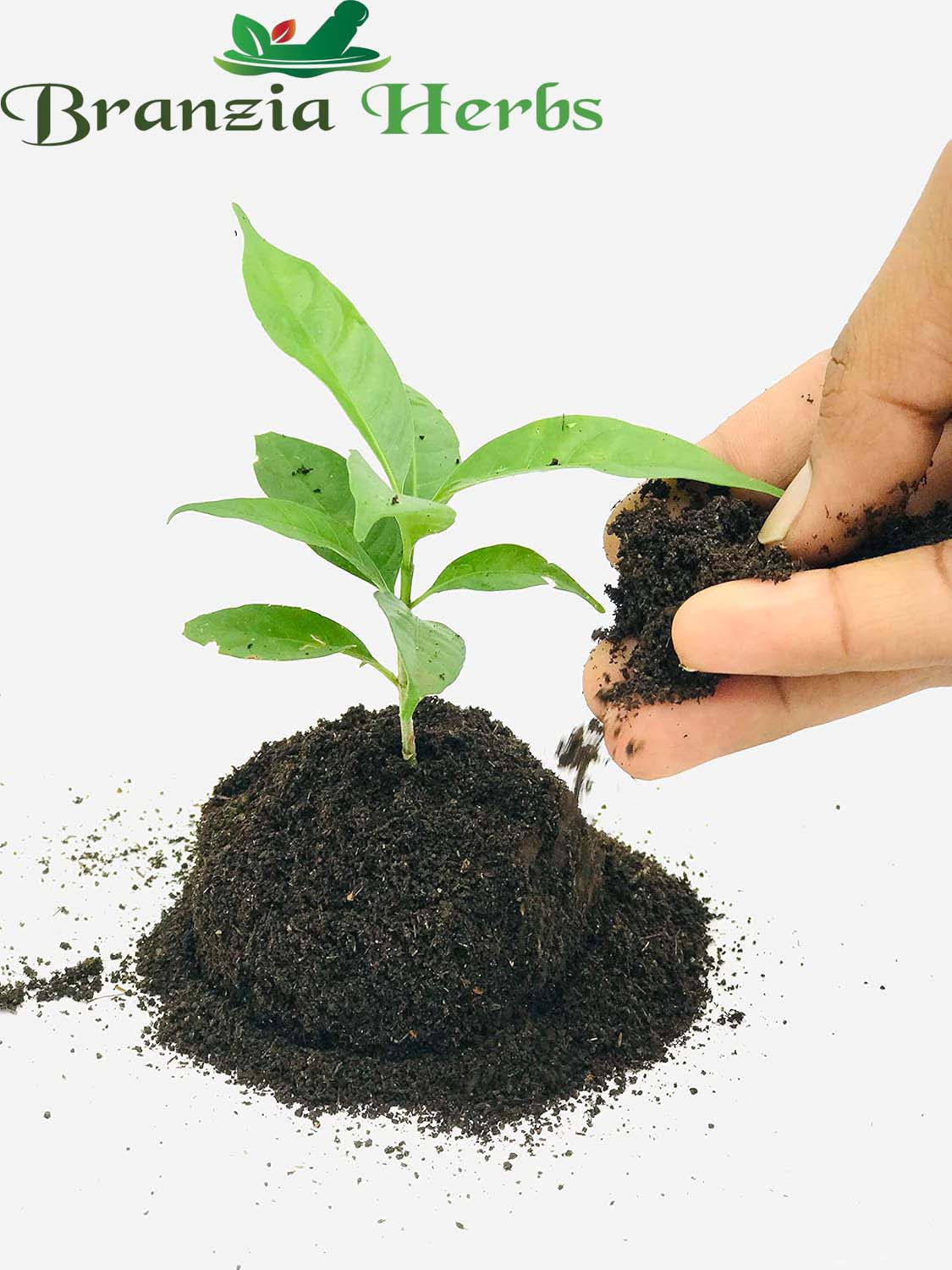Peppermint (Mentha × piperita), commonly known as Pudina in many regions, is a popular aromatic herb known for its refreshing and cooling flavor. It is widely used in culinary dishes, teas, and traditional remedies. Here’s a comprehensive guide on Peppermint Pudina Herb Seeds, including their characteristics, benefits, and planting care:
Characteristics
-
Appearance:
-
Seeds: Peppermint seeds are small, dark brown to black, and somewhat oval, about 1-2 mm in diameter. They are fine and can be challenging to handle.
-
Plant: Peppermint is a perennial herb with square stems and broad, serrated, dark green leaves. The plant grows up to 30-60 cm (12-24 inches) tall and produces small, purple or white flowers in dense whorls.
-
Plant Size:
-
Height: Typically grows to about 30-60 cm (12-24 inches) tall.
-
Spread: Peppermint is a spreading plant and can spread up to 60 cm (24 inches) or more.
Benefits
-
Culinary Uses:
-
Flavoring: Peppermint leaves have a cool, refreshing flavor that is used in a variety of dishes, including salads, sauces, teas, and desserts.
-
Beverages: Peppermint is commonly used to make herbal teas and can be added to cocktails and other beverages for a refreshing taste.
-
Medicinal Uses:
-
Digestive Health: Peppermint is known to help relieve digestive issues such as bloating, gas, and indigestion. Peppermint tea is often used to soothe upset stomachs.
-
Respiratory Health: The menthol in peppermint can help clear nasal congestion and soothe sore throats.
-
Pain Relief: Peppermint oil is used topically to relieve headaches and muscle pain.
-
Cosmetic Uses:
-
Skin Care: Peppermint oil is used in skincare products for its cooling and soothing properties. It can help relieve itching and inflammation and is used in acne treatments.
Planting Peppermint Seeds
-
Preparation:
-
Seed Treatment: Peppermint seeds can benefit from being soaked in water for 24 hours before planting to improve germination rates.
-
Timing:
-
Optimal Season: Plant peppermint seeds indoors 6-8 weeks before the last frost or directly outdoors after the last frost when soil temperatures are consistently above 15°C (60°F).
-
Soil and Location:
-
Soil Type: Prefers well-drained, loamy or sandy soil with a slightly acidic to neutral pH. Ensure good drainage to prevent root rot.
-
Location: Choose a sunny location with partial shade. Peppermint can tolerate some shade and is often grown in cooler climates.
-
Planting:
-
Sowing Seeds: Sow seeds about 1/4 inch (0.6 cm) deep in the soil. Space seeds or seedlings about 30 cm (12 inches) apart to allow for spreading.
-
Germination: Seeds typically germinate within 10-15 days. Keep the soil consistently moist but not waterlogged during this period.
-
Watering:
-
Initial Care: Water the soil thoroughly after planting and keep it moist until seedlings are established.
-
Ongoing Care: Water regularly, especially during dry periods. Peppermint prefers consistently moist soil but can tolerate brief dry spells.
-
Fertilizing:
-
Nutrients: Peppermint benefits from a balanced fertilizer or compost. Fertilize every 4-6 weeks during the growing season to support healthy growth. Avoid excessive nitrogen, which can lead to overly lush foliage.
Care and Maintenance
-
Pruning:
-
Trimming: Regularly trim or pinch back the tips of the plant to encourage bushier growth and prevent it from becoming leggy. Remove any dead or damaged leaves.
-
Pest and Disease Management:
-
Monitoring: Peppermint is relatively pest-resistant but can be affected by common garden pests such as aphids and spider mites. Watch for signs of fungal diseases like powdery mildew.
-
Control: Use organic pest control methods if needed and ensure good garden hygiene to prevent disease.
-
Harvesting:
-
Timing: Harvest leaves once the plant is well-established and has plenty of foliage. The best time to harvest is just before flowering when the leaves are at their peak flavor.
-
Method: Use scissors or pruning shears to cut stems. You can also harvest and dry leaves for later use in cooking, teas, and medicinal preparations.
-
Protection:
-
Winter Care: In colder climates, mulch around the base of the plant to protect it during winter. Peppermint is a hardy perennial that will return in spring.
Environmental Considerations
-
Climate Adaptation: Peppermint is adaptable to a range of climates but prefers cooler conditions. It can be grown in various environments, including containers and garden beds.
-
Sustainability: Ensure planting practices are sustainable and adhere to local regulations regarding agriculture and conservation.
Summary
Peppermint Pudina Herb Seeds offer a versatile and refreshing addition to your garden or kitchen. By following proper planting and care guidelines, you can successfully grow peppermint and enjoy its aromatic leaves in a variety of culinary, medicinal, and cosmetic applications. Peppermint thrives in sunny, well-drained conditions and requires consistent moisture for optimal growth. Its unique flavor and health benefits make it a valuable herb for a range of uses.







